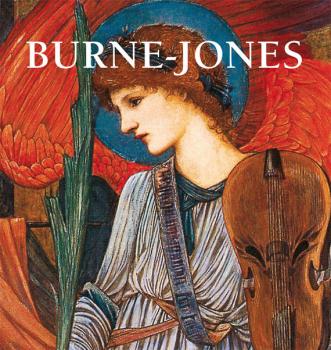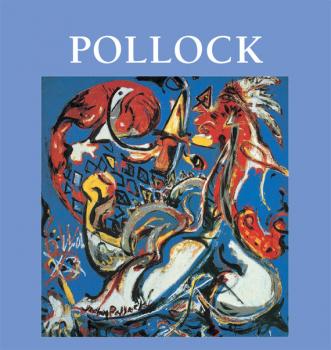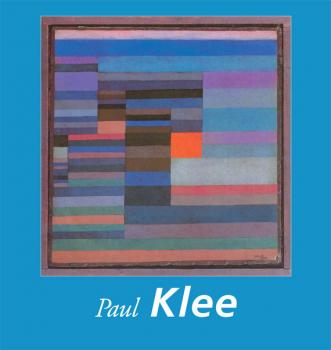ТОП просматриваемых книг сайта:
Perfect Square
Скачать книги из серии Perfect SquareАннотация
Информация о книге
Автор произведения Patrick Bade
Жанр Изобразительное искусство, фотография
Серия Perfect Square
Аннотация
Информация о книге
Автор произведения Virginia Pitts Rembert
Жанр Изобразительное искусство, фотография
Серия Perfect Square
Аннотация
Информация о книге
Автор произведения Patrick Bade
Жанр Изобразительное искусство, фотография
Серия Perfect Square
Аннотация
Информация о книге
Автор произведения Klaus Carl
Жанр Изобразительное искусство, фотография
Серия Perfect Square
Аннотация
Информация о книге
Автор произведения Nathalia Brodskaya
Жанр Изобразительное искусство, фотография
Серия Perfect Square
Аннотация
Информация о книге
Автор произведения Donald Wigal
Жанр Изобразительное искусство, фотография
Серия Perfect Square
Аннотация
Информация о книге
Автор произведения Nathalia Brodskaya
Жанр Изобразительное искусство, фотография
Серия Perfect Square
Аннотация
Информация о книге
Автор произведения Gabriel Seailles
Жанр Изобразительное искусство, фотография
Серия Perfect Square
Аннотация
Информация о книге
Автор произведения Donald Wigal
Жанр Изобразительное искусство, фотография
Серия Perfect Square
Аннотация
Информация о книге
Автор произведения Klaus Carl
Жанр Изобразительное искусство, фотография
Серия Perfect Square










